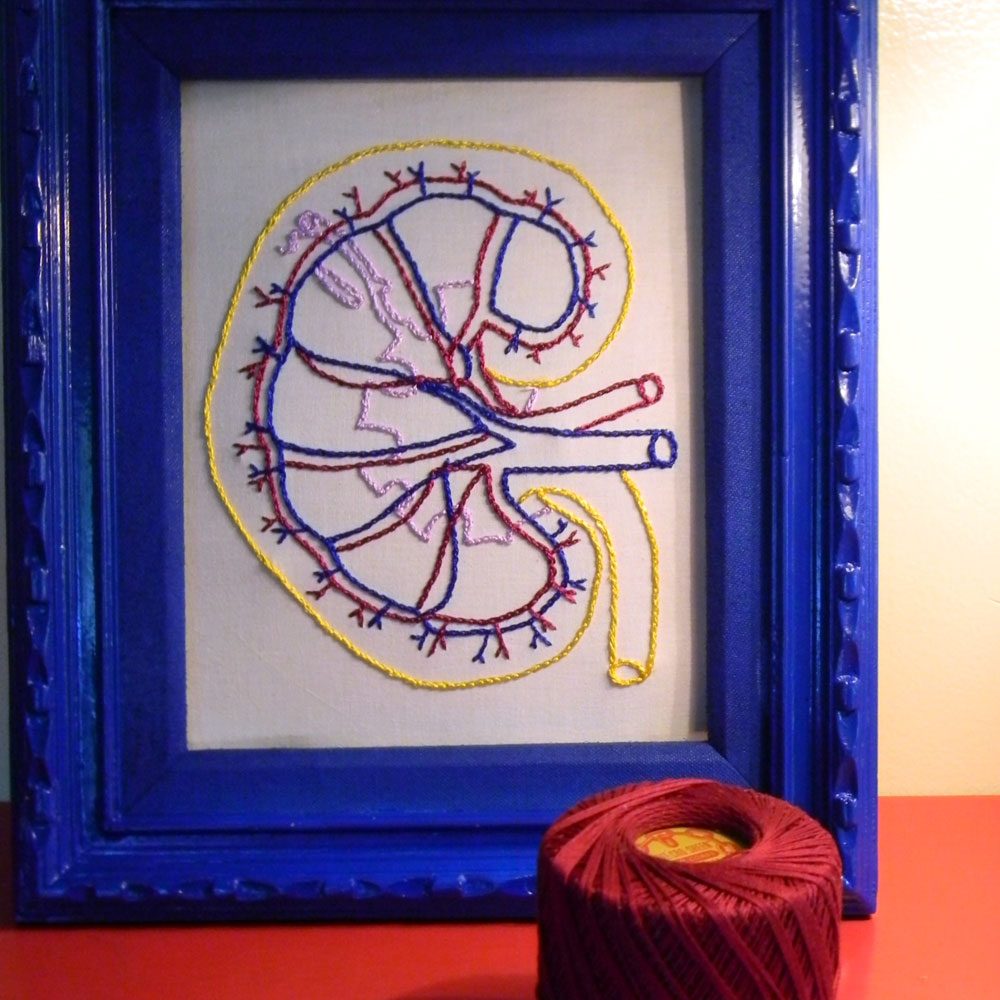
September 10, 2019; MedPage Today
A recent Journal of the American Medical Association (JAMA) study suggests dialysis patients lack access to transplant options at for-profit centers compared to their nonprofit counterparts—another reminder that the presence of a profit motive in our health institutions has been problematic for patients. NPQ has previously covered the contrasts between for-profit and nonprofit nursing homes and hospices, and this study seems to be reflecting similar findings.
According to a recent Penn Medicine article, those diagnosed with a chronic kidney illness or kidney failure are typically referred to—and started almost immediately on—dialysis. This usually happens without the patient being properly evaluated and informed of all their options, including transplants.
“Not many people live more than 10 years on dialysis. On the other hand, I tell patients that they can expect, on average, 14 to 16 years of function from a kidney that comes from a living donor. In low-risk patients who do well that first year following the transplant and who really take care of themselves, that number can reach 20 years or more.” says Ty Dunn, MD, surgical director of kidney and pancreas transplantation at Penn.
With that in mind, one would think health professionals and centers would refer patients for transplants as often as possible. Unfortunately, that’s not always the case. And unfortunately, profit incentives are a key reason why.
Sign up for our free newsletters
Subscribe to NPQ's newsletters to have our top stories delivered directly to your inbox.
By signing up, you agree to our privacy policy and terms of use, and to receive messages from NPQ and our partners.
US hospitals in general are typically more incentivized by profit margins—nonprofit and for-profit models alike. NPQ has written several articles questioning just how closely hospital practices and motivators align with nonprofit standards of mission service and care. Most recently, NPQ published a story calling on Congress to pay attention to the sickening billing practices of nonprofit hospitals. However, the JAMA report indicates some nonprofit health centers may be less profit-motivated when discussing treatment plans with patients than for-profit centers.
MedPage Today, in an article earlier this week, discussed the study at length. The study found that patients who were receiving dialysis at a for-profit center, versus a nonprofit center, had a 64 percent lower probability of being placed on the deceased kidney donor waiting list, a 48 percent lower chance of receiving a living donor transplant, and were 56 percent lower to receive a transplant from a deceased donor. The fact that 87 percent of the 1.5 million cases were receiving care at for-profit centers makes those percentages even more distressing.
Dr. F. Perry Wilson with Medscape spoke with one of the authors of the study, Dr. Rachel Patzer of Emory. Patzer explained there were still several factors at play, and it wasn’t necessarily only due to the evils of profit-hunting. As Wilson put it, “In other words, there’s more to the story. That said, it’s clear that the financial incentives are currently misaligned, for both for-profit and nonprofit centers.”
But taking a bird’s-eye view, this study’s findings are stark enough to warrant alarm. There are some fields that would function better for those they serve if they were restricted to nonprofit rather than for-profit providers, and this may be one.—Sarah Miller













